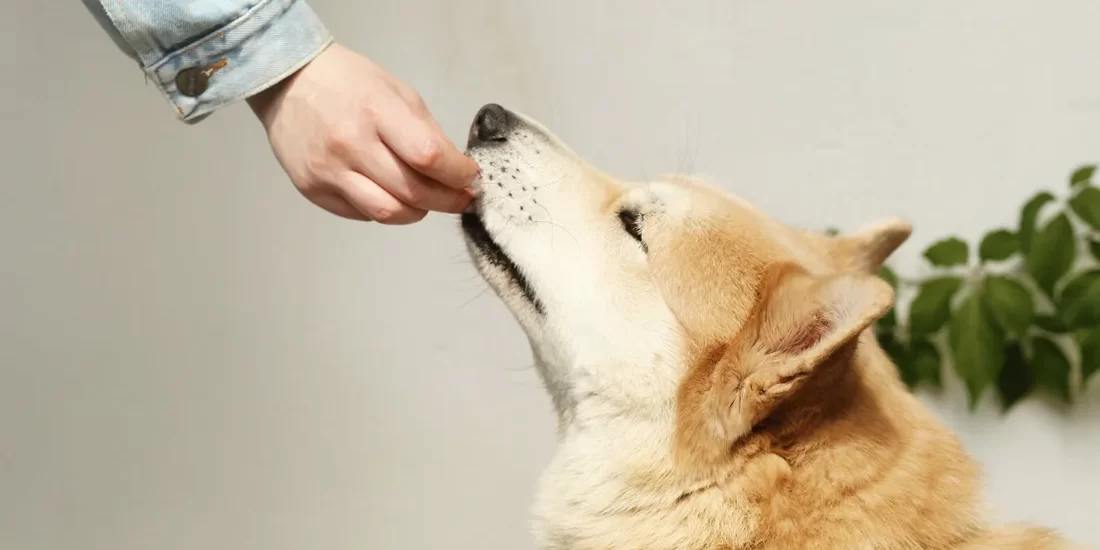[vc_row][vc_column][vc_column_text css=””]
Raw pet food has become a trending topic as more pet owners are looking beyond more conventional options(and Bolder flavor) when feeding their pets. A study done by the University of Guelph says that only 13 percent of pet owners are feeding a conventional diet such as kibble.
[/vc_column_text][/vc_column][/vc_row][vc_row][vc_column][vc_column_text css=””]
With more owners seeing their pets as family members, they want to ensure their fluffier halves aren’t being fed food made of artificial flavor or filler. Is raw dog food good or bad for your four-legged best friend? Let’s find out.
[/vc_column_text][vc_row_inner content_placement=”middle”][vc_column_inner width=”1/2″][vc_column_text css=””]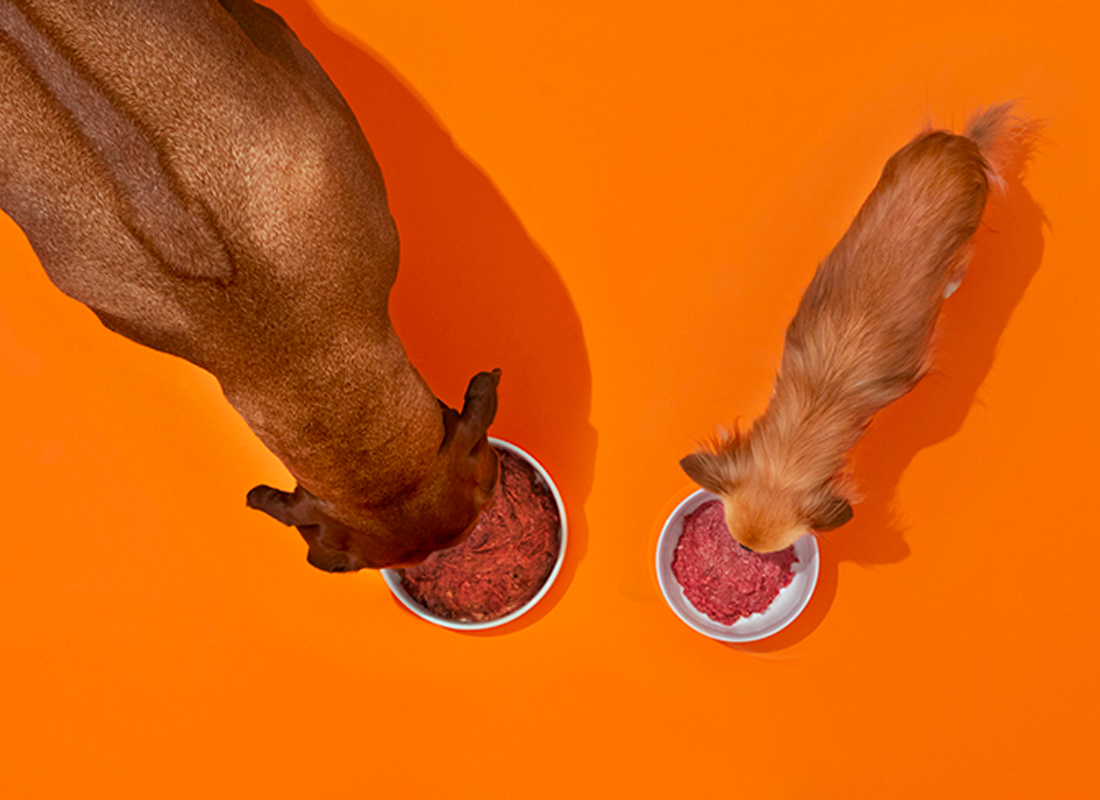
What is raw dog food?
Just as it sounds, it’s a diet that consists of raw meat, ground bone, organ meats and sometimes vegetables. Our raw recipes are formulated to mimic the natural prey diet, anything cats and dogs would have eaten in the wild.
Each ingredient is carefully selected to be added into our recipes. With no additional processing, every nutrient-rich ingredient has a purpose. From raw meaty bones (RMB) for their crucial addition of nutrients to the green beef tripe used in our recipes for the relief of pets with sensitive stomachs, our raw recipes only use wholesome ingredients to fill your pet’s food bowl with Bold flavour and benefits.[/vc_column_text][/vc_column_inner][/vc_row_inner][vc_row_inner content_placement=”middle”][vc_column_inner width=”1/2″][vc_column_text css=””]
Is raw food safe for dogs?
Now that we understand what raw pet food is, is raw dog food good or bad for your pet? Let’s look at safety first.
A common concern when it comes to raw food and our pets is bacteria and with the right care from us as pet owners, bacteria won’t impact pets or humans! Our fluffier halves have a higher tolerance for bacteria, we recommend these tips for the humans:
Always wash your hands after handling raw meat.
Thoroughly wash all surfaces and bowls that come in contact with raw meat.
Wear gloves to feed if soap and water are not readily available.
To ensure that from the first mix of ingredients to delivering to our retailers, we’ve implemented the utmost care in our process so your pets have Bold flavored, nutrient-rich recipes in their bowls.
According to the American Kennel Club (AKC), the worry with raw food and dogs are chewing on bones and we don’t disagree. We have always cautioned supervising pets when chewing bones. Bones that break off into smaller pieces, or are too small, to begin with, could be a choking hazard to your pet. Bones can have deliciously nutritious benefits and help stimulate your dog’s mind but make sure you’re finding the one that fits their size and chewing style correctly.[/vc_column_text][/vc_column_inner][vc_column_inner width=”1/2″][vc_column_text css=””]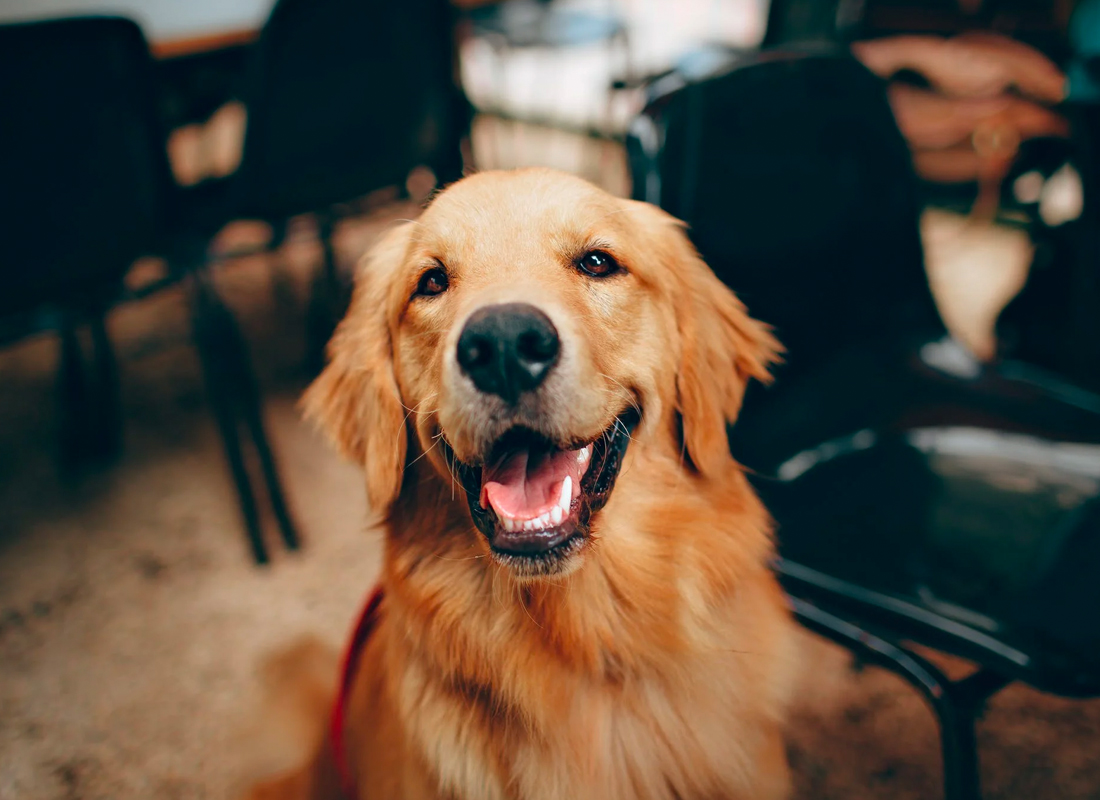
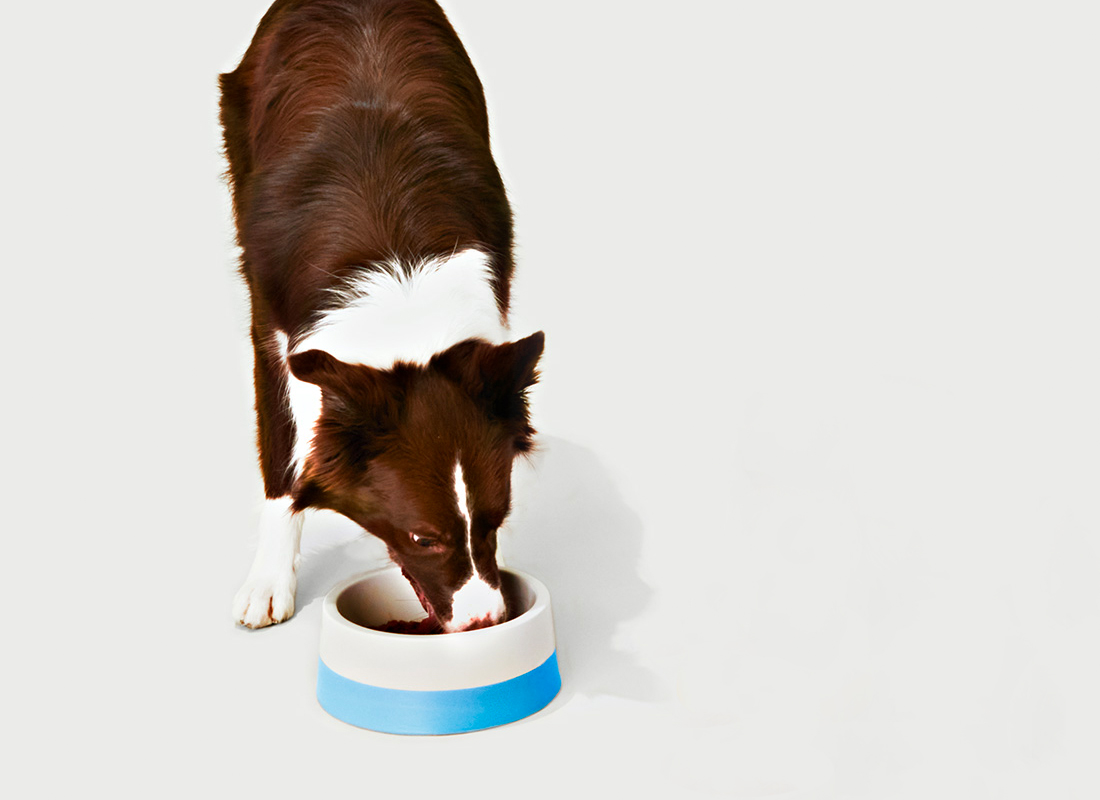
What are the benefits of raw food for dogs?
Now we’re starting to figure out if raw dog food is good or bad. We’ve said it before, but we have a Bold bias. A raw diet has so many flavourful benefits for your pet, starting with its taste! Raw diets are very palatable for our pets and allows for protein rotation to ensure that pets are getting all the nutrients they need with each protein and don’t get bored of the same meal.
Our pet’s overall health becomes better with perks such as shinier coats, fresher breath and improved cognitive function, just to name a few. A raw diet also means less poop for you to scoop. We can’t speak for every brand but because our recipes are full of wholesome ingredients and no added processing or filler, your dog’s poops are smaller, more compact and have less of a smell. No fillers also mean it’s easier to keep your dog at a healthy weight.
Raw food may also keep your dogs from frequenting the vet. Of course, we recommend doing checkups and keeping an eye on your pet’s health but providing a pet with a nutritional raw diet who previously suffered from allergies may keep their allergies at bay, especially when offering a novel proteins, such as duck .
[/vc_column_text][/vc_column_inner][/vc_row_inner][vc_row_inner content_placement=”middle”][vc_column_inner width=”1/2″][vc_column_text css=””]
How to introduce your dog to a raw food diet.
Have you solved if raw dog food is good or bad for your four-legged best friend? If you’re looking to transition your pet to a raw diet, we suggest cold turkey. Literally. If your pet has a sensitive stomach, we recommend fasting them for 24 hours to allow all their food to be fully digested and cleared out and their first meal can be Bold flavoured raw patties.[/vc_column_text][/vc_column_inner][vc_column_inner width=”1/2″][vc_column_text css=””]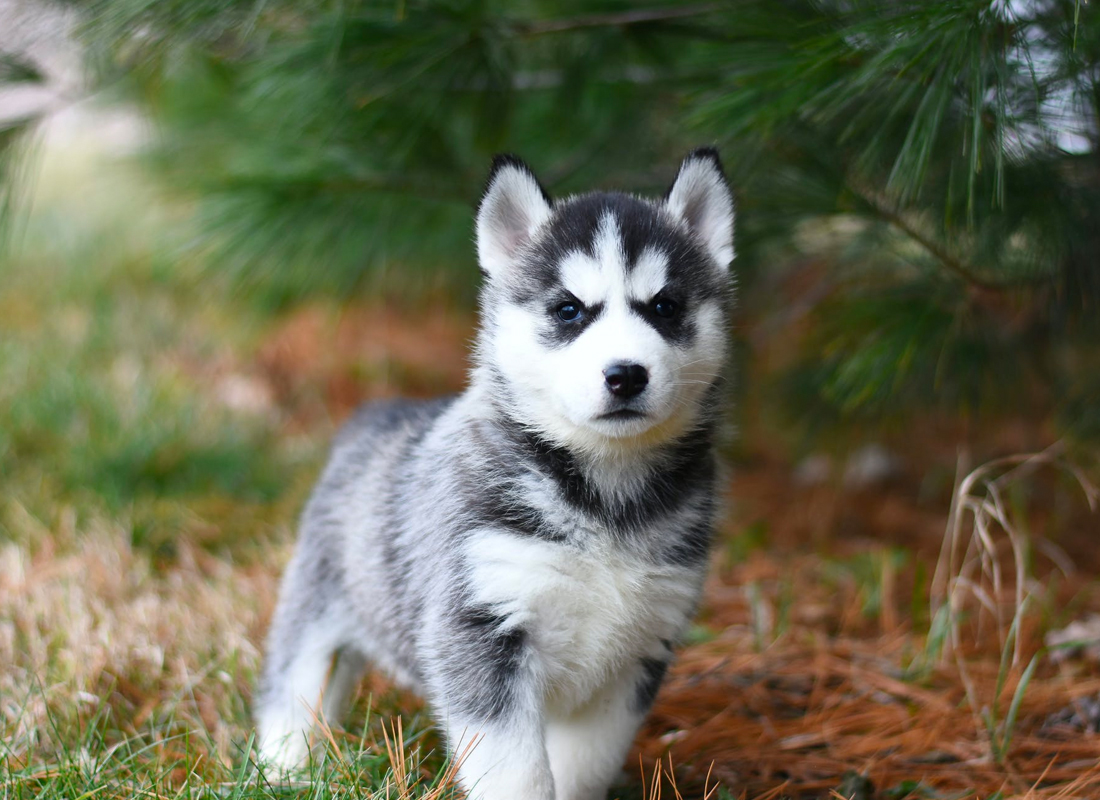
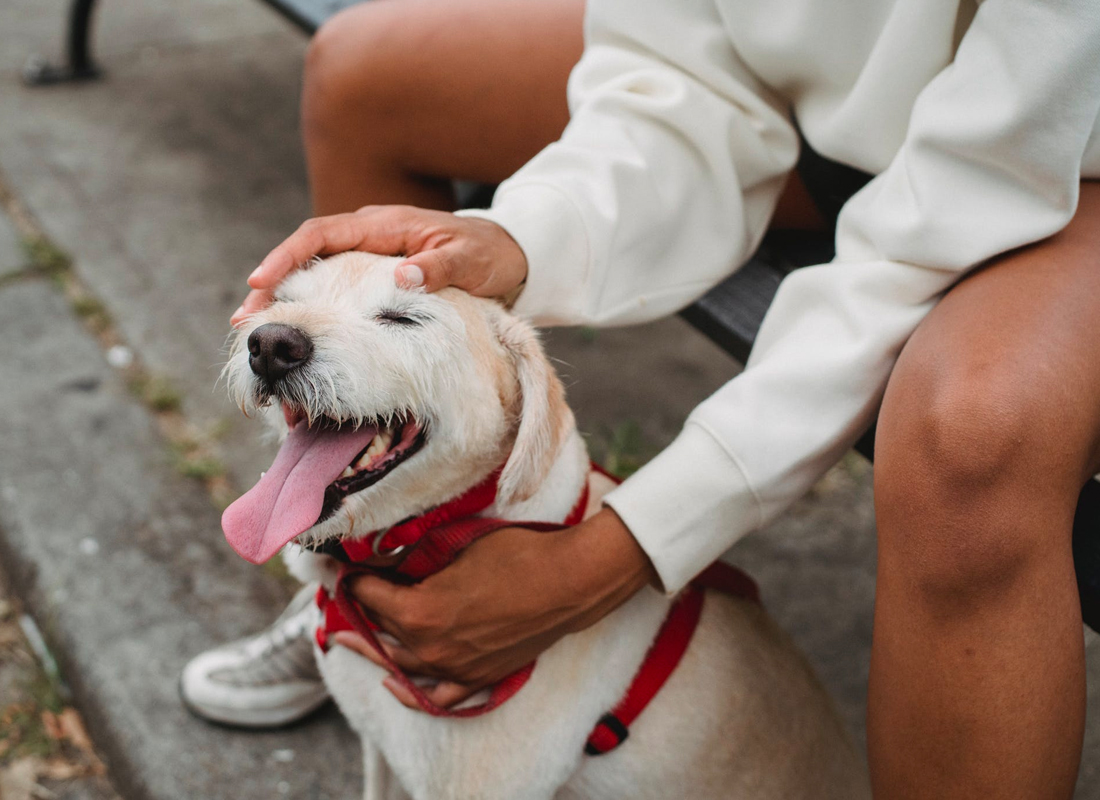
How much raw food should I feed my dog?
We strongly recommend watching your pet’s body weight and adjusting accordingly. For example, you might reduce how much you feed them during the colder months when they are not as active or even as they get older. We’ve provided guidelines on how much to feed your pet, from puppies to senior dogs. [/vc_column_text][/vc_column_inner][/vc_row_inner][/vc_column][/vc_row]









